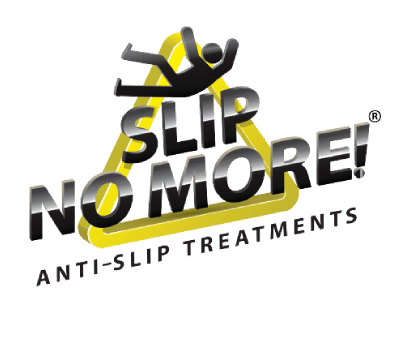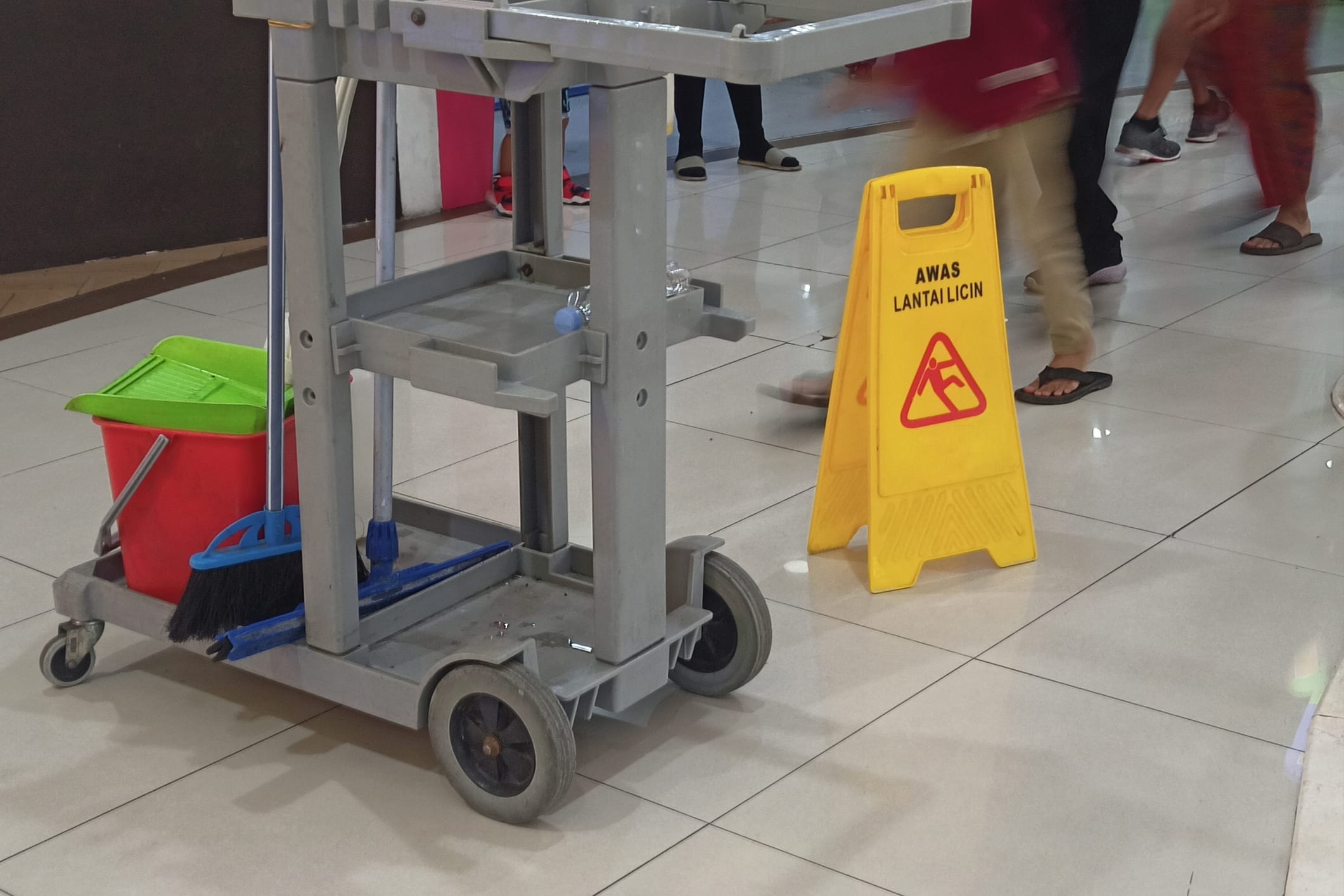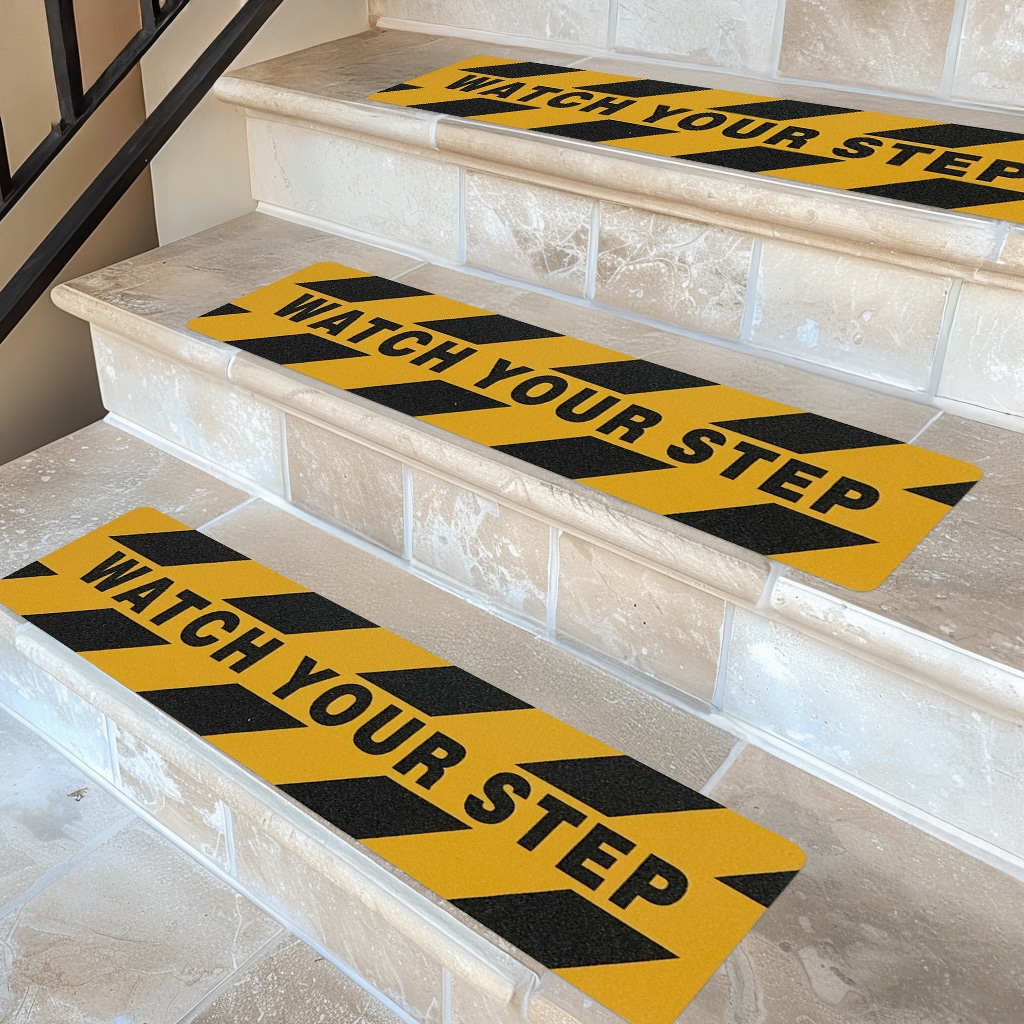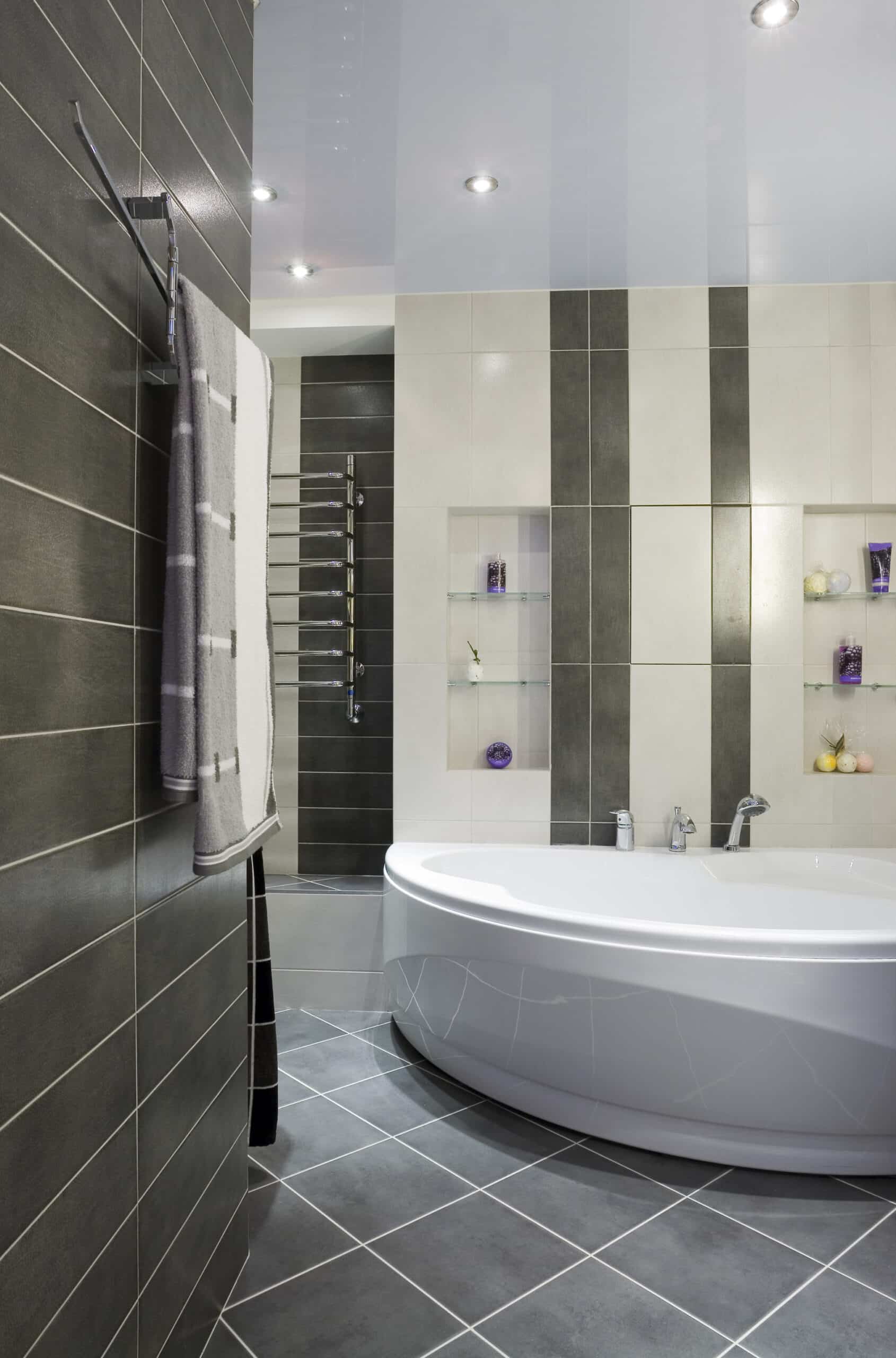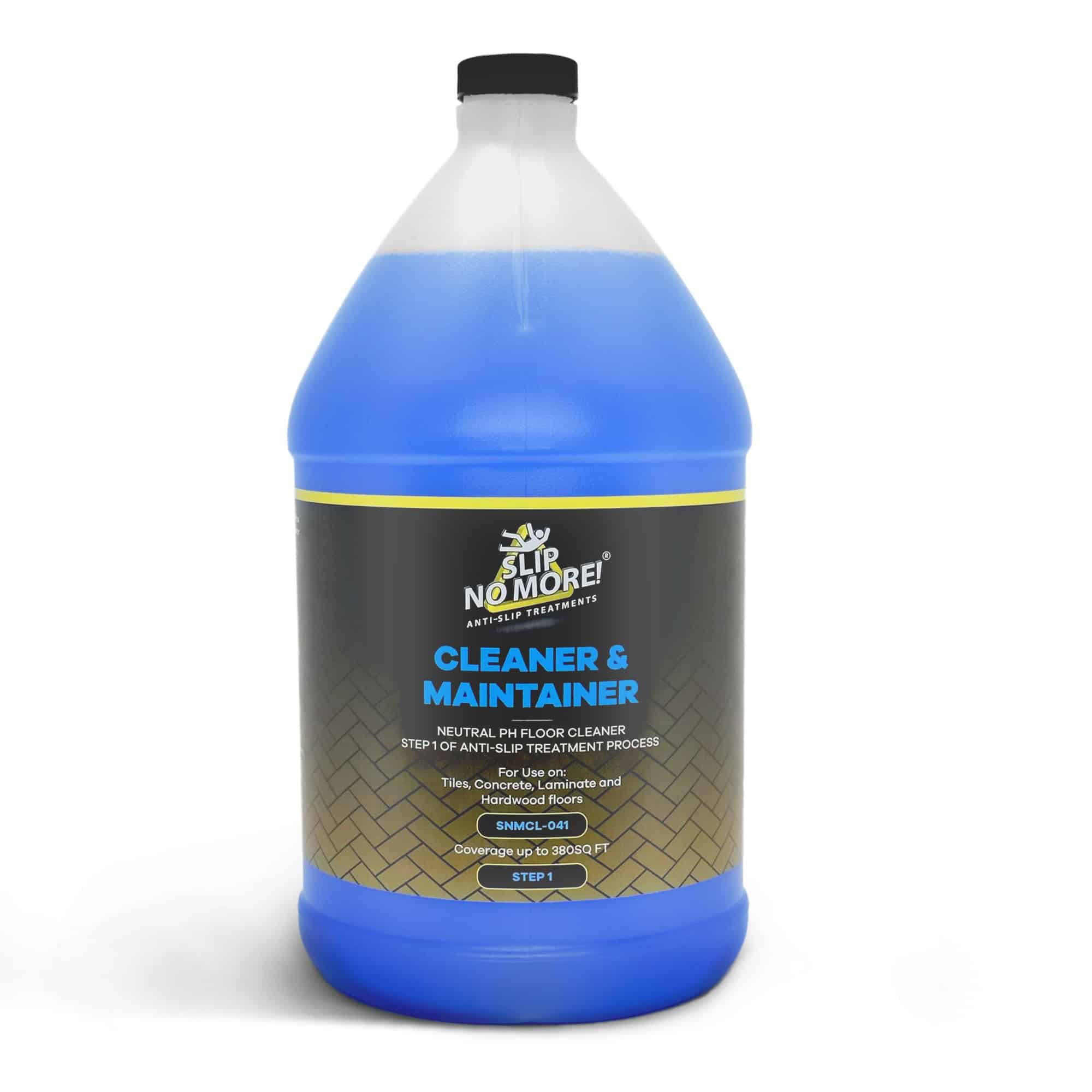Are your floor tiles looking dull and dirty? Are you tired of scrubbing and mopping but not getting the results you desire? Look no further! In this ultimate guide on how to clean floor tiles, we will share expert tips and tricks to help you achieve the sparkling clean floors you’ve always wanted.
Whether you have ceramic, porcelain, or natural stone tiles, we have you covered. Our step-by-step guide will walk you through the process, from prepping the area to choosing the right products and techniques for your specific tiles. Say goodbye to stubborn stains, grime, and discoloration!
Our experts have years of experience in the industry and have encountered all types of tile-cleaning challenges. We will debunk common myths and provide you with practical solutions that work.
Ready to transform your floors into a pristine and hygienic masterpiece? Grab your cleaning supplies, and let’s begin this ultimate tile-cleaning adventure!
Remember, a clean and well-maintained floor not only adds beauty to your home but also ensures the longevity of your tiles. So, let’s dive in and make your floors shine!
Why is tile cleaning important?
Keeping your floor tiles clean is not just about aesthetics—it’s also essential for maintaining the longevity of your tiles. Regular cleaning helps prevent the build-up of dirt, grime, and stains that can damage the surface of your tiles over time. Additionally, clean tiles contribute to a hygienic living environment, especially in kitchens and bathrooms where bacteria and germs can thrive.
When left uncleaned, floor tiles can become slippery and pose a safety hazard. This is particularly important to consider if you have young children or elderly family members at home. By implementing a regular cleaning routine, you can ensure that your floors remain safe and slip-free.
Types of floor tiles and their specific cleaning needs
Before diving into the cleaning process, it’s crucial to understand the kind of floor tiles you have and their specific cleaning requirements. Different types of tiles, such as ceramic, porcelain, and natural stone, may require different cleaning methods and products.
Ceramic tiles are famous for their durability and resistance to stains. They can be easily cleaned with mild detergent and water. Porcelain tiles, on the other hand, are more dense and less porous than ceramic tiles, making them highly resistant to moisture and stains. They can be cleaned with methods similar to those used for ceramic tiles.
Natural stone tiles, such as marble, granite, and slate, require extra care due to their porous nature. Harsh chemicals and abrasive cleaners can damage the surface of natural stone tiles, so it’s essential to use pH-neutral cleaners specifically designed for these tiles.
Essential tools and supplies for tile cleaning
You’ll need a few essential tools and supplies to clean your floor tiles effectively. Here’s a list of items you should have on hand:
1. Broom or vacuum cleaner: Start by removing loose dirt, dust, and debris from the floor surface. Use a broom with soft bristles or a vacuum cleaner with a hard floor attachment to prevent scratching the tiles.
2. Mop: Invest in a good-quality mop suitable for your tile type. Microfiber mops are ideal for most tiles as they capture dirt and grime gently yet effectively.
3. Bucket: Fill a bucket with warm water to dilute your cleaning solution and rinse your mop during the cleaning process.
4. pH-neutral cleaner: Choose a gentle, pH-neutral cleaner suitable for your type of tiles. Avoid using acidic or abrasive cleaners, as they can damage the surface of the tiles.
5. Soft bristle brush: A soft brush can gently scrub the affected areas for stubborn stains or grout discoloration.
6. Grout brush: If your tiles have grout lines, use a brush to remove dirt and grime between the tiles effectively.
Remember to wear gloves and protective eyewear to protect your skin and eyes when handling cleaning solutions.
Preparing the tile surface for cleaning
To prepare a floor surface for deep cleaning of slippery tiles, it’s essential to follow a systematic approach. Firstly, clear the area of any furniture or obstacles to facilitate easy access to the entire floor. Sweep or vacuum the floor to remove loose dirt and debris, preventing them from interfering with the cleaning process.
Next, identify the type of flooring material to ensure the use of appropriate cleaning agents. Consider a pH-neutral cleaner for slippery tiles that won’t leave any residue. Conduct a spot test in an inconspicuous area to ensure compatibility and prevent any potential damage.
Address issues like grease or oil stains with targeted cleaners, applying them according to the manufacturer’s instructions. For stubborn spots, gentle scrubbing with a soft brush may be necessary. Please pay attention to grout lines, which can accumulate dirt and contribute to slipperiness.
Prioritize safety by placing warning signs to alert individuals to the ongoing cleaning process. Finally, once the surface is prepped, use a quality mop or a floor cleaning machine with appropriate attachments to ensure a thorough and even deep clean. Rinse the floor thoroughly to remove any residue, and allow it to dry entirely before reintroducing foot traffic. This meticulous preparation ensures an effective and safe deep-cleaning process for slippery tiles.
A step-by-step guide to cleaning stains on floor tiles
To comprehensively know how to deep clean the floor tiles, follow these five essential steps on how to clean the floor tiles effectively:
- Preparation is Key: Before cleaning, prepare the area by removing furniture and debris. Understanding the tile type is crucial. How to clean the floor tiles properly depends on whether they’re ceramic, porcelain, or natural stone. This initial step ensures a focused and tailored approach to cleaning.
- Dust and Debris Removal – How to Clean the Floor Tiles Properly: Begin by sweeping or vacuuming the floor to eliminate loose dirt. Emphasize corners and edges where debris tends to accumulate. This ensures a cleaner surface and prevents scratching during the deep cleaning process. Knowing how to clean the floor tiles at this stage sets the foundation for a thorough job.
- Selecting the Right Cleaning Agent – How to Clean the Floor Tiles Safely: Choose a suitable pH-neutral cleaner for tiles, as aggressive chemicals can damage the surface. Dilute the cleaner according to the manufacturer’s instructions. Understanding how to clean the floor tiles with the appropriate agents prevents potential harm and guarantees optimal results.
- Scrubbing and Detail Cleaning – How to Clean the Floor Tiles Thoroughly: Armed with the proper cleaning solution, use a soft-bristle brush or mop to scrub the tiles. Pay special attention to grout lines, where dirt often accumulates. Understanding how to clean the floor tiles meticulously involves addressing specific areas, ensuring a spotless outcome.
- Rinsing and Drying – How to Clean the Floor Tiles for a Finish: After scrubbing, thoroughly rinse the floor to remove any remaining cleaning solution. Allow the tiles to dry completely before reintroducing foot traffic. Knowing how to clean the floor tiles in this final step ensures a safe and polished appearance, completing the deep cleaning process successfully.
Preventative maintenance for long-lasting tile cleanliness
Implementing a proactive preventative maintenance routine is paramount to learning how to clean the floor tiles. Start with daily sweeping or vacuuming to rid the floor of loose dirt and debris, preventing it from scratching the tile surface over time. Swiftly address spills and stains to avoid lasting damage, employing immediate blotting and, when necessary, gentle cleaning solutions.
Sealing grout lines is a defense mechanism, creating a barrier against stains and discoloration. Regularly apply a high-quality grout sealer, especially in high-traffic areas, to preserve the integrity of the grout. Strategically placing area rugs or mats in high-use zones shields tiles from excessive wear and tear, capturing dirt and moisture before they reach the floor.
Maintaining optimal humidity levels through proper ventilation and dehumidification helps prevent mold, mildew, and moisture-related issues. Additionally, use furniture pads under heavy items and lift, rather than drag, furniture to minimize scratches. Periodic professional inspections and cleaning services provide expert oversight, identifying potential issues early on and contributing to the overall longevity of your tile flooring. Incorporating these preventative measures ensures a consistently clean and enduring tile surface.
Common mistakes to avoid when cleaning floor tiles
Avoiding common mistakes is crucial for how to clean the floor tiles. Firstly, using abrasive tools or harsh chemicals can damage the tile surface, causing scratches or discoloration. Neglecting to sweep or vacuum before cleaning allows dirt and debris to scratch the tiles during cleaning. Another mistake is overlooking grout lines—failure to clean or seal them invites stains and discoloration.
Using excessive water during cleaning is a standard error that can seep into grout, leading to mold and mildew growth. Conversely, not drying the tiles properly after cleaning leaves a film or streaks. Ignoring manufacturer guidelines for cleaning products may result in damage; always follow recommended solutions and concentrations. Lastly, neglecting preventative measures, such as sealing grout or using mats, undermines the long-term cleanliness of floor tiles. By avoiding these mistakes, you ensure a thorough and safe cleaning process, preserving the beauty and integrity of your tiles.
Conclusion: Keeping your floor tiles sparkling clean
Remember to prepare the tile surface properly, choose the proper cleaning solution, and follow the step-by-step guide on how to clean the floor tiles. Tackle stubborn stains and grout discoloration using the tips provided, and implement preventative maintenance practices to keep your tiles looking pristine.
Whether you opt for traditional or eco-friendly cleaning solutions, always avoid common mistakes that can damage your tiles. With regular cleaning and proper care, your floor tiles will continue to shine for years. Happy cleaning!
Types of slip prevention products
Four main categories of injury prevention products increase the safety of your floors. When selecting slip-prevention products, always ask a specialist who can guide you. There are different types of slippery floors.
Anti-Slip Treatments: These products are the best defense against slippery tiles. They are a sure way to increase the safety of your tiles. Used indoors and outdoors, they last for years. An important note is that they only work on unsealed tiles.
Non-Slip Coatings: Perfect for high-traffic and low-traffic areas. Always choose the right product for your use.
Anti-Slip Tape: A versatile product that is used on stairs and ramps. Anti-slip tape is excellent indoors and outdoors and works on many different surfaces.
Cleaning and Maintenance Products: These products should be of the highest quality. Be sure to check the cleaning recommendations of the floor safety products that you have installed.
About Slip No More
With more than 15 years of experience in the slip-prevention industry, our products solve the problem of slippery floors in all areas. Specializing in floor safety, the company has become synonymous with reliable solutions for preventing slips and falls. We also know a thing or 2 about how to clean the floor tiles.
Slip No More offers various anti-slip products designed for different surfaces.
As part of our global expansion strategy, we actively engage with our audience on various social media platforms. Slip No More maintains a strong presence on platforms like Facebook, Instagram, Twitter, Linked In, and YouTube. We love connecting with customers and sharing valuable insights on safety measures. This strategic use of social media fosters brand awareness and allows us to interact directly with our diverse customer base.
If you found this article helpful, take a look at our related articles:
